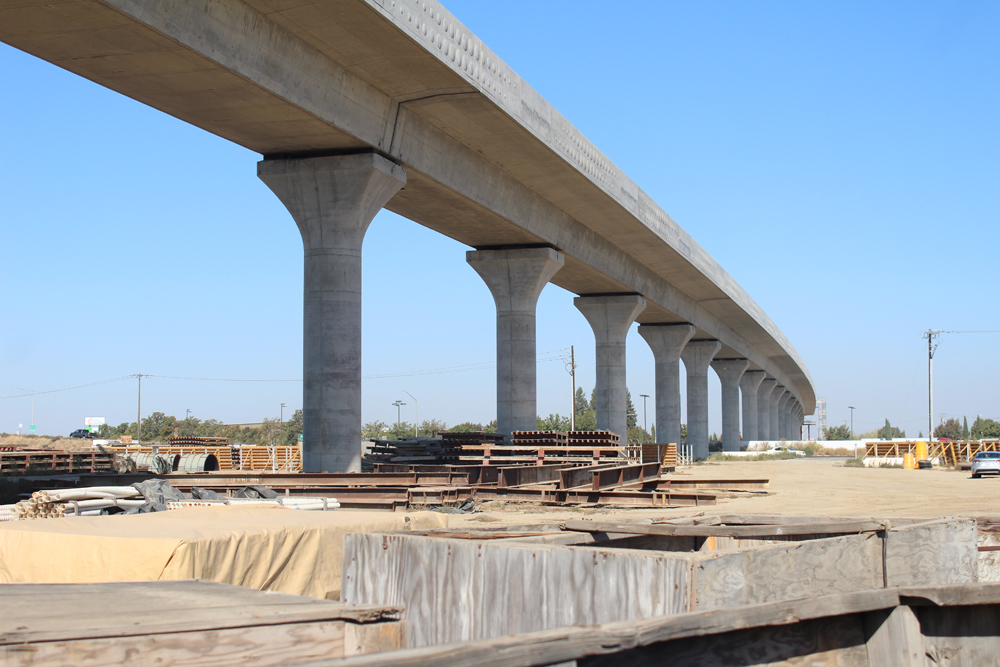
WASHINGTON — Although the California High-Speed Rail Authority faces stiff financial headwinds with Republicans capturing the presidency and both houses of Congress, U.S. Rep. Seth Moulton (D-Mass.) told High Speed Rail Alliance webinar participants this week, “I’m not afraid to defend California High Speed Rail.”
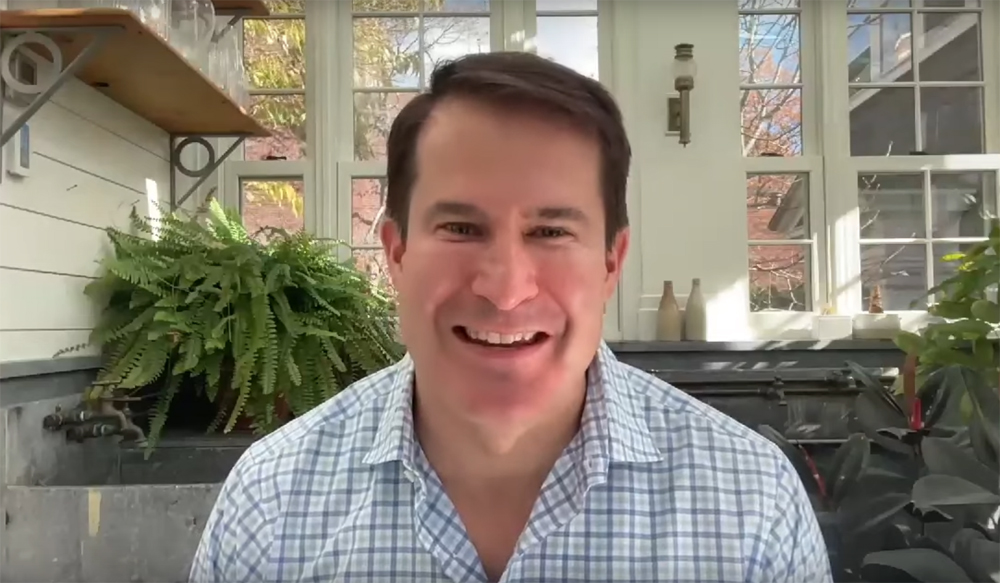
Moulton, along with U.S. Rep Suzan DelBene (D-Wash.), introduced the American High-Speed Rail Act in March. It proposes spending $205 billion over five years in fostering the growth of projects throughout the country. The bill, which had 45 co-sponsors — all Democrats — has no chance of being enacted as standalone legislation. Nevertheless, it keeps fast trains in transportation mix discussions while suggesting national standards and ground rules for investment.
California’s importance
Moulton says he did a financial analysis of the California project at Harvard Business School. “I concluded at the time it was going to cost a lot more than estimated but a lot less than expanding airports and highways to meet 2030 travel demand,” he says. “That’s a part of the case they don’t make enough.”
Republicans have been especially unsympathetic to the California project since significant federal dollars began flowing to it as part of 2009’s American Recovery and Reinvestment Act. A $9.9 billion state bond issue passed the previous year has helped provide initial matches to more than $3.5 billion. In 2019, President Trump’s Federal Railroad Administration rescinded $929 million of funding, but it was restored by the Biden administration in 2021; other grants have also been advanced. Meanwhile, estimated costs for completing the entire San Francisco to Los Angeles route have risen past $100 billion; the initial 170-mile Merced-Bakersfield Central Valley segment’s cost has jumped to at least $35 billion [see “California high speed rail project faces $4-7 billion shortfall …,” Trains News Wire, March 13, 2024]
Moulton hopes that Brightline West’s impending 200-mph Las Vegas, Nev., to Rancho Cucamonga, Calif., initiative will not be viewed as a “one-off success as opposed to something that can work across America. Simply having a high speed train that people can actually ride without going overseas will be huge in moving everything forward.” He notes, “The private sector brings a level of skill and efficiency to these projects. It’s something we should celebrate and double down on, and I think California could use more of.”
Texas travails
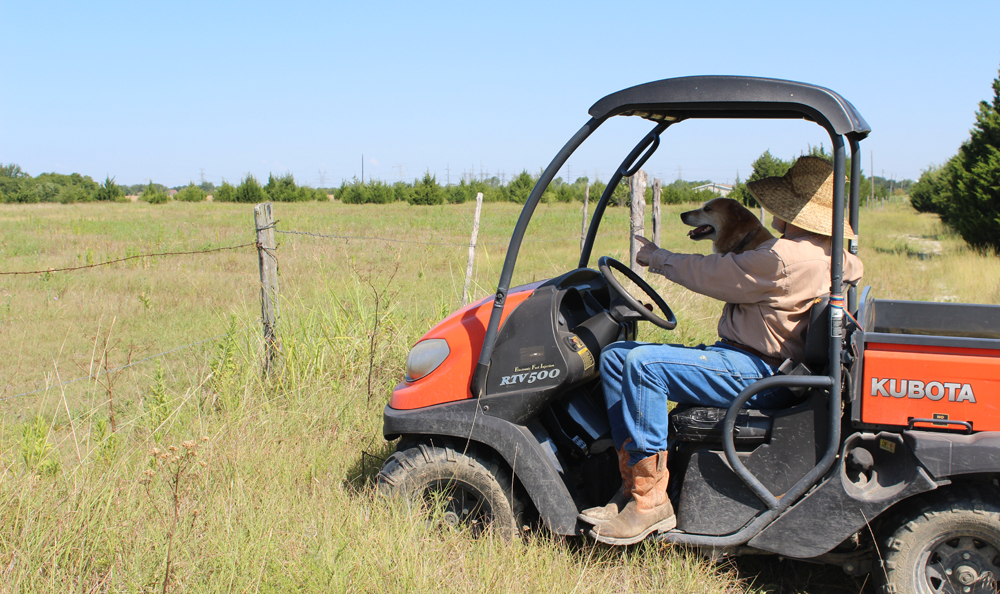
“It’s imperative we build high-speed rail support [among Republicans],” Moulton says. He was managing director of Texas Central in 2011-2012, well before land acquisition attempts had begun. He thinks many members of the party in the state believe 90-minute travel times between Dallas and Houston “would be transformative to the Texas economy. We can turn Republicans in to vocal supporters by having a rail line they can champion that everyone loves to ride. The economics make sense, and all of a sudden it could become a bipartisan effort.”
Jay and Kathy Groppe, landowners Trains visited in 2019 [see “Going Big,” December 2019], were paid $1,000 as a non-refundable down payment for Texas Central to purchase a linear parcel of their property. They told News Wire this week that the railroad never exercised the purchase option. “The deadline occurred during the COVID-19 pandemic, and we have no idea who is still there,” says Kathy. Jay adds that the couple wound up purchasing additional land for their cattle to graze on that Texas Central had previously sought from other owners.
Amtrak has announced a “partnership” with what’s left of the reconstituted Texas Central organization, though vocal opposition continues from other landowners and those with a vested interest in preserving the highway-air status quo [see “Texas Congressmen oppose federal funding …,” News Wire, Oct. 4, 2023]
Build incrementally
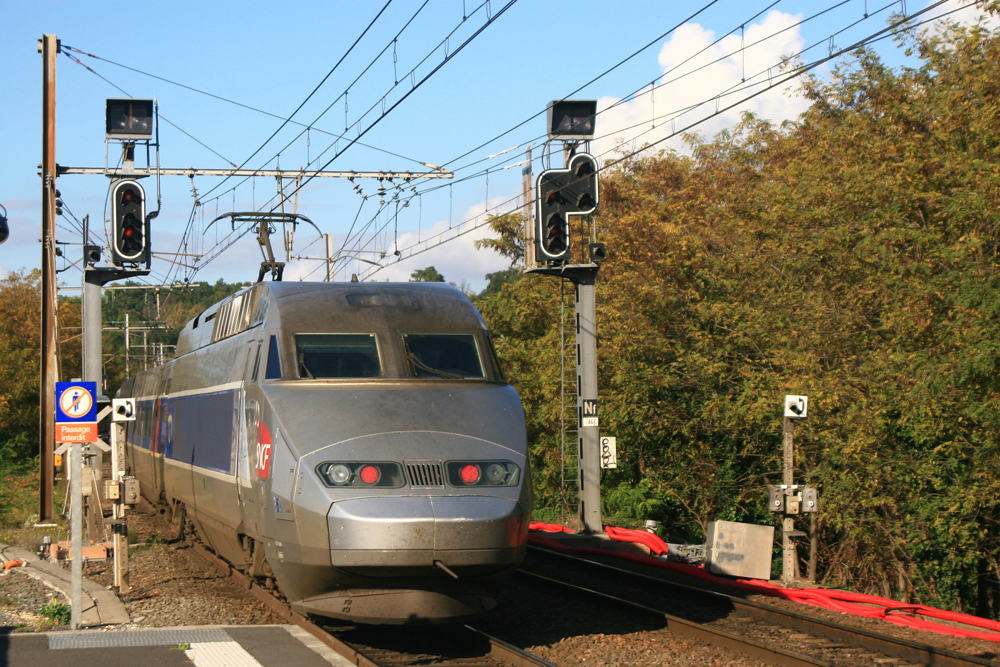
Moulton argues a necessary first step is attempting to upgrade routes to 200 mph rather than shooting only for what he calls “1930s speeds.” He calls it “insane,” for example, that North Carolina and Virginia S-Line tracks in the engineering phase right now are being planned for only 125 mph operation between Raleigh, N.C., and Petersburg, Va. “It’s like buying a DC-3 or building an Interstate for 30-mph cars. The French built their TGV system to run high-speed trains on conventional tracks at slower speeds until the new rights-of-ways were ready.”
Indeed, three-hour travel times from Paris to Bordeaux dropped to two hours when the LGV Sud Europe Atlantique high speed line was extended past Tours on July 2, 2017. A public-private partnership financed the expensive expansion — about $9 billion in U.S. dollars — that attracts about 3.8 million passengers annually.
Spending that kind of money on a dedicated right-of-way to get similar results is what Moulton is looking to achieve. Securing the funding and building the tracks — not to mention trainsets that can operate over them — is, however, a tall order in the current U.S. political and economic environment.
A recording of the webinar is available here.






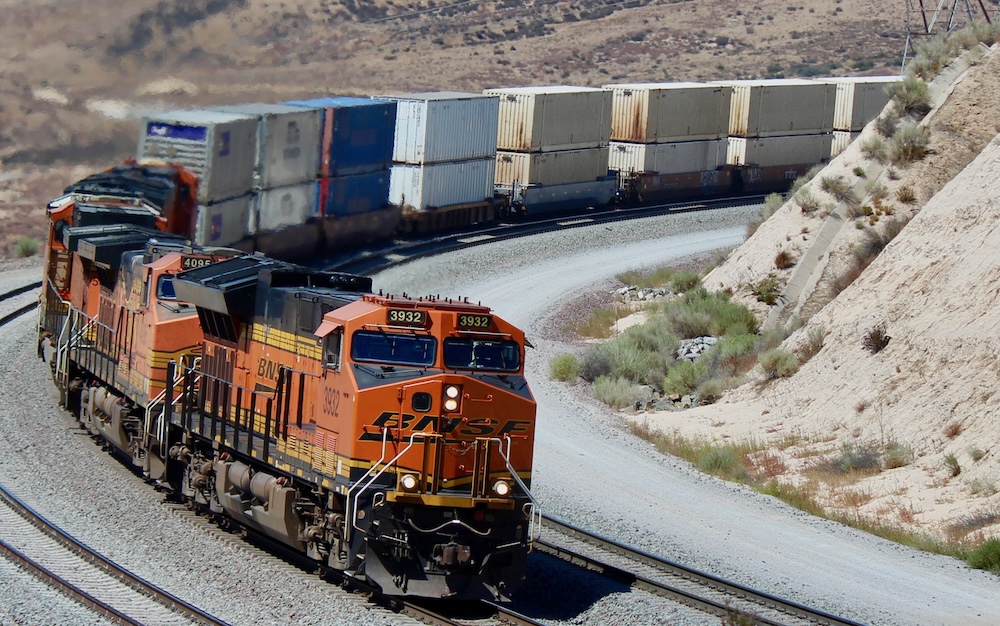
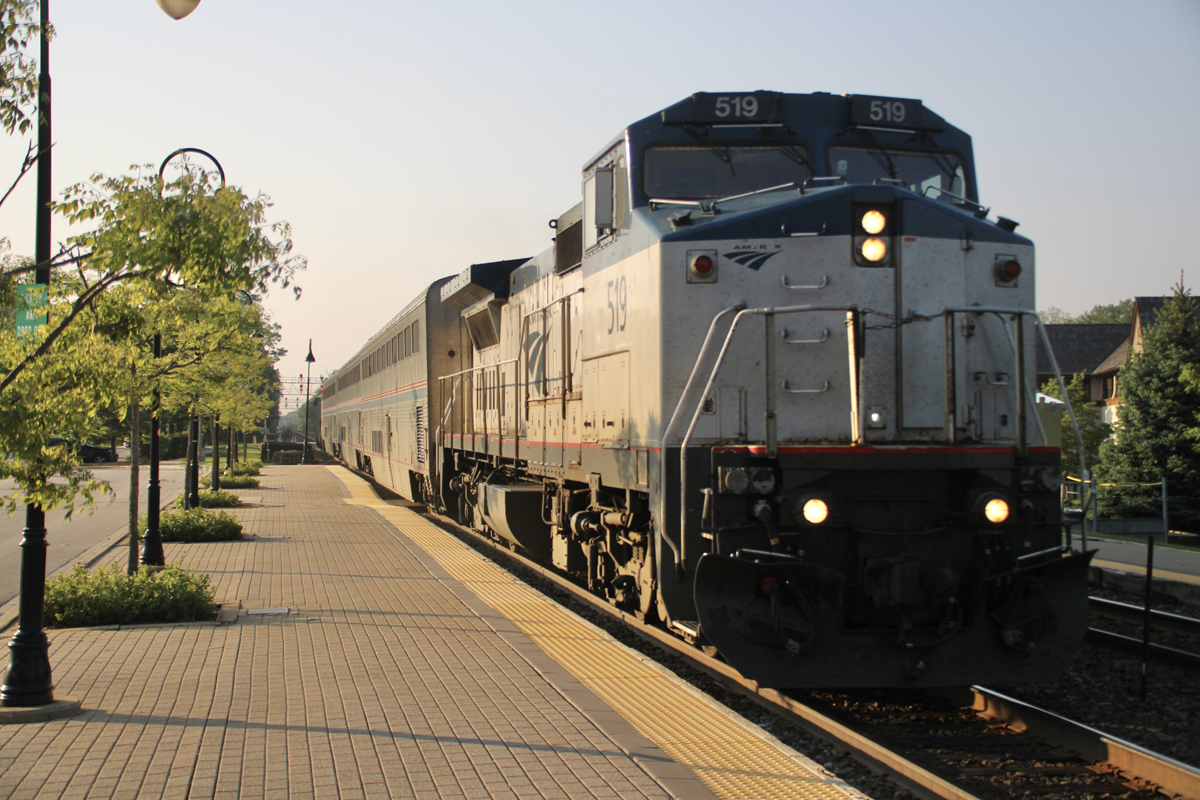
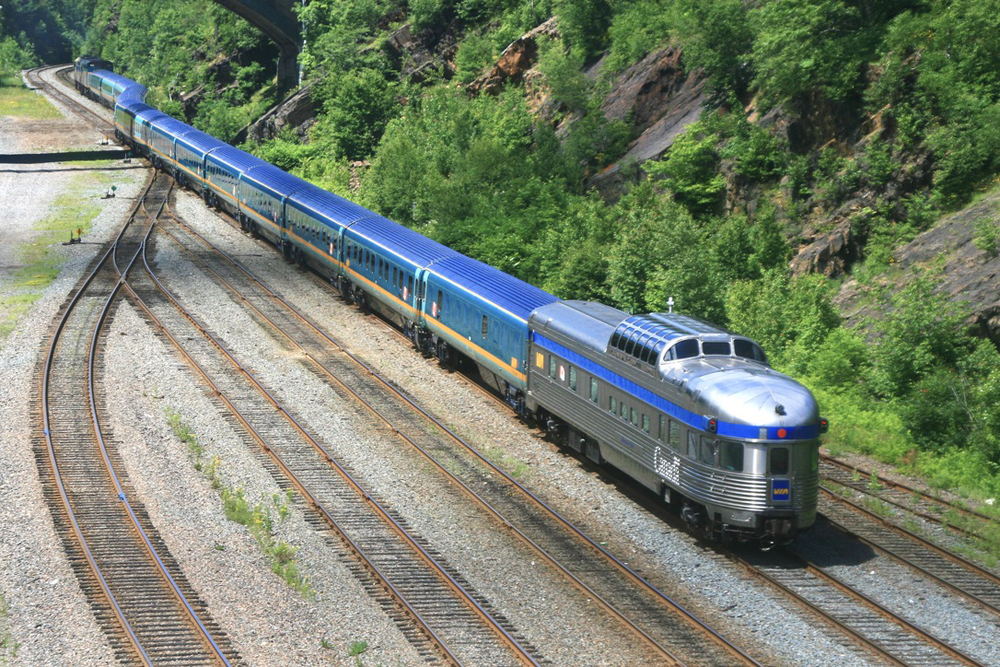
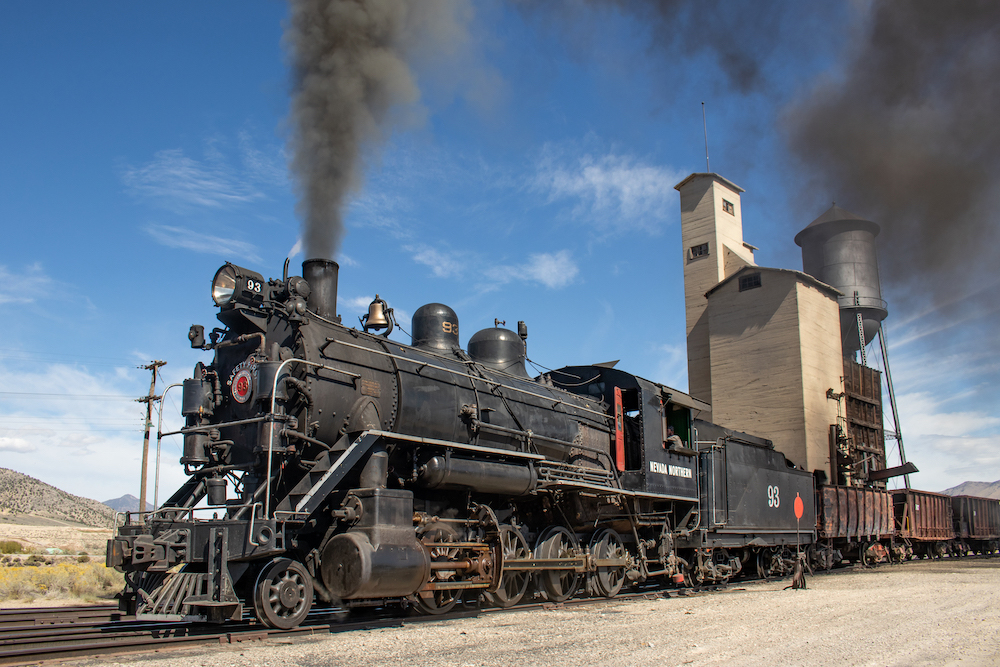




The way to get somebody else to pay for your ideas is call in the Government. This is not what government can do efficiently nor economically. If there is a true economic need, they let the market decide. Government lays a heavy handed thumb on the scales of life. And the politicians advocating this never pay consequences for wrong decisions. I love trains, but LD rail is not the answer. Higher speeds equal much higher costs. Those higher speeds have never brought positive return.
Actually, Chi-Milw has capacity for more service. Back in the day the Milw. Rd. had more RT’s than currently, plus more freight. However, service on the old CNW line thru Racine and Kenosha in conjunction with Metra could happen quickly as well.
CalHSR will eventually “work” because California is rapidly increasing the cost of transportation for those other forms. Especially those that rely on fossil fuels.
If the edict holds, sales of gas or diesel vehicles will cease (2035). Fuel taxes for the vehicles still running are scheduled to escalate dramatically, forcing a new social cost to get around which will drive people to use either EV’s or rail. (or leave the state for relief)
Perhaps the best hope for more and faster passenger rail is to have concerns like Brightline look at upgrading some potentially lucrative corridors using their “get-it-done” philosophy and practices. These corridors may include lines like Chicago-Milwaukee-Twin Cities with the Green Bay line added.
Brightline knows how to blend freight and passenger trains and get through on time. Corridors like the lines I mentioned may not exactly resemble Brightline in Florida due to population and economic factors, but would be scaled down to fit the area. For example 16 daily round-trips may well work MKE-CHI if using both UP and CPKC mainlines and all service into Ogilvie Station at Chicago.
Beyond Milwaukee, frequencies would be lower of course.
@ David Schwengel, While I agree on Brightline’s aggressive posture on buildouts, one should remember that in Florida, their parent company pulls the strings on the ROW. Even though they sold the FEC off, they are still calling the shots.
Any retail passenger operation running on a freight only owned railroad will only succeed if they pay more per mile to make it worth it, or they build their own rails next to it on the ROW.
As much as I would like for Passenger rail to be reestablished as a major factor in the US, this is not the time to have the Feds spending money on it. The interest payment on our national debt is now approaching the spending on national defense. The national debt itself continues to increase way too fast. The military faces major problems in keeping up with rapidly advancing technology that will require major expenditures. Social Security and Medicare & Medicaid are facing major financial problems that have to be addressed this decade. There’s just too many more important problems that compete for government funding on all levels. Major Fed funding on high speed rail right now isn’t a priority.
Excellent perspective Steve. Where’s the thumb’s up button for comments?
A key problem for US “high-speed” rail is the cost of acquiring land for the new tracks. And the political stress of seizing a contiguous right-of-way via government diktat. And you can’t have grade crossings so local roads must go over or under.
Imagine a new NYC to Boston line. Local track to Westchester, then draw a straight line to Hartford (adjusting for terrain) plus another straight to Boston and then some local track to South Station. A 1,000 foot width for a pair of tracks on this route. How many houses need to be torn down? And the fun for people now adjacent to these tracks watching (and hearing/feeling) 200 mph trains whipping past. A real challenge, “me bucko”.
Seth is one of the brighter and one of the better members of Congress, but even he can fail to understand what’s going on with CalHSR. When (if) CalHSR is completed, it won’t make a measurable dent in the traffic counts on those highways and at those airports he says cannot be expanded.
Take one of Amtrak’s most successful lines, the Hiawatha. It’s a great train. How much traffic does it bleed from the parallel IH 94 Freeway (recently expanded from six to eight lanes). Look at it this way. Last I checked, IH 94 in Racine County (the low spot in IH 94 Milwaukee – Chicago – Gary) carries about 85K vehicles daily. Amtrak carries about 85k passengers, daily, on its entire system.
I’m all for trains. I ride trains. Let’s stop pretending that trains make a measurable dent in America’s overall traffic counts. BOS Boston Logan Airport has substantially more passengers than all of Amtrak nationwide. — And that’s before you calculate passenger miles as opposed to passenger head count. Down the line, PVD Rhode Island T. F. Green International Airport, one of America’s more low-key airports, adds another 3M passengers annually. How does that compare Rhode Island passengers on NEC?
But in 1960 -70s airlines carried more passengers than Conrail / PC & New Haven. Now it is reversed. Of course. Bos – PHL/ BAL/ WASH carries more Nonstop passengers but what happens when NYP – WASH reduces time and maybe BOS – NYP can have some schedule reductions?
Here’s the problem Alan. Not everyone who is traveling from NEC is traveling to NEC. For example, somebody (me, for example) might be traveling from say, SE Massachusetts to, say, SE Wisconsin. Thus it doesn’t matter how good Amtrak NEC is or if another couple of more minutes is squeezed out of the schedule BOS-PVD-NYC-PHL-WAS. Doesn’t get me home to Wisconsin. More people might take the train (compared to flying) Providence to Washington, but not many take the train Providence to Milwaukee. We can all work for better Amtrak NEC but we can’t tell people where they’re going to.
Hey Charles – the incremental addition to capacity on I-94 you cited is about 600-900 vehicles per-lane per-hour per-direction practically as additional lanes become less efficient and most traffic is still short distance so you have to get off to existing exit ramps. It is a pretty close tradeoff for one train per-hour relative to a lane expansion.
The United States is incapable of building major public works at scale. Federal and state DOTs have been dumbed down and act as incompetent cost-plus administrators that hire consultants for endless studies and let out contracts for design and construction to grifting corporations that have no interest in building on time and within budget. The best examples of incompetence, delays and over-runs are the NYC Second Avenue subway and East Side Access.
Then there is the problem of freight railroads owning the necessary ROW to access cities. CSX bottled up the EIS for the Empire Corridor for a decade and a half without consequences. The resulting “plan” is the incrementalism advocated by Moulton, with higher-speed rail still decades off. Not a shovel has turned any dirt and Siemens trainsets won’t appear until well into the 2030s. Travel times between NYC and Buffalo were 7:30 in 1967, including an engine change and backing into Albany; now it is 8:45 and a straight shot. Amtrak and NYS DOT allows this crap.
Contrast this with NY State’s huge infrastructure projects of 60-75 years ago… The building of the Thruway and the NY Power Authority’s multiple hydroelectric dams and transmission grid. The scale of these projects were awesome and they all came on line in just a few years. Today, locally reconfiguring 3 interchanges on I81 is a $2.2B project that will take 5 years!
We simply lack the vision, dedication for public service and the organizational, managerial and engineering expertise to do great things. The rot is endemic and starts with the elites. Somebody should tell Moulton we’re going to be third world.
Robert Moses and the Robert Moses era in New York State made a lot of mistakes. Moses was against rail transit. New York is still paying the price. (See Co-Op City in North Bronx.) That said, Robert Moses could get stuff done and get stuff built, even if it was the wrong stuff.
The Second Avenue Subway should have been built into Harlem and East Bronx decades ago. Now at a cost of billions it hardly goes anywhere — and New York City wakes up finding it has no money at all for rail capital improvements needed years ago.